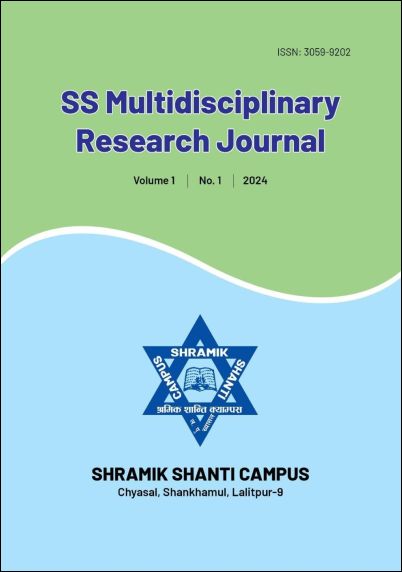Application of Structuration Theory to the Phenomenon of International Migration
DOI:
https://doi.org/10.3126/ssmrj.v1i1.71264Keywords:
Structure and agency, reflective consciousness, practical consciousness, unconscious consciousnessAbstract
This paper examines migration theories and finds out the application of Anthony Gidden's structuration theory to international migration. Neoclassical (macro) theory, new economics theory, dual labor market, and the world-system are more centralized in the structure. Neoclassical (micro) theory focuses more on the individual without structure. The problems of the structure-agency debate do not serve to investigate social reality, but partial social reality digs out. These theories do not bridge the structure and agency for studying international migration. Structure-dominant migration theories conceptualize a system as a stable action pattern made by interdependent parts or elements. These theories ignored the homeostatic causal loops of system and self-regulation through feedback and conceptual weakness in structure as a stable pattern. Still, the structure is also generative rules and resources. The role of allocative resources and authoritative resources in migration studies has been shadowed. Actor-dominant migration theories do not cover the individual face-to-face interaction with group and collective action, collective action influences the individual interaction and behavior of the migration. These theories also focus on consciousness but do not focus on reflective consciousness, practical consciousness, and unconscious consciousness.




